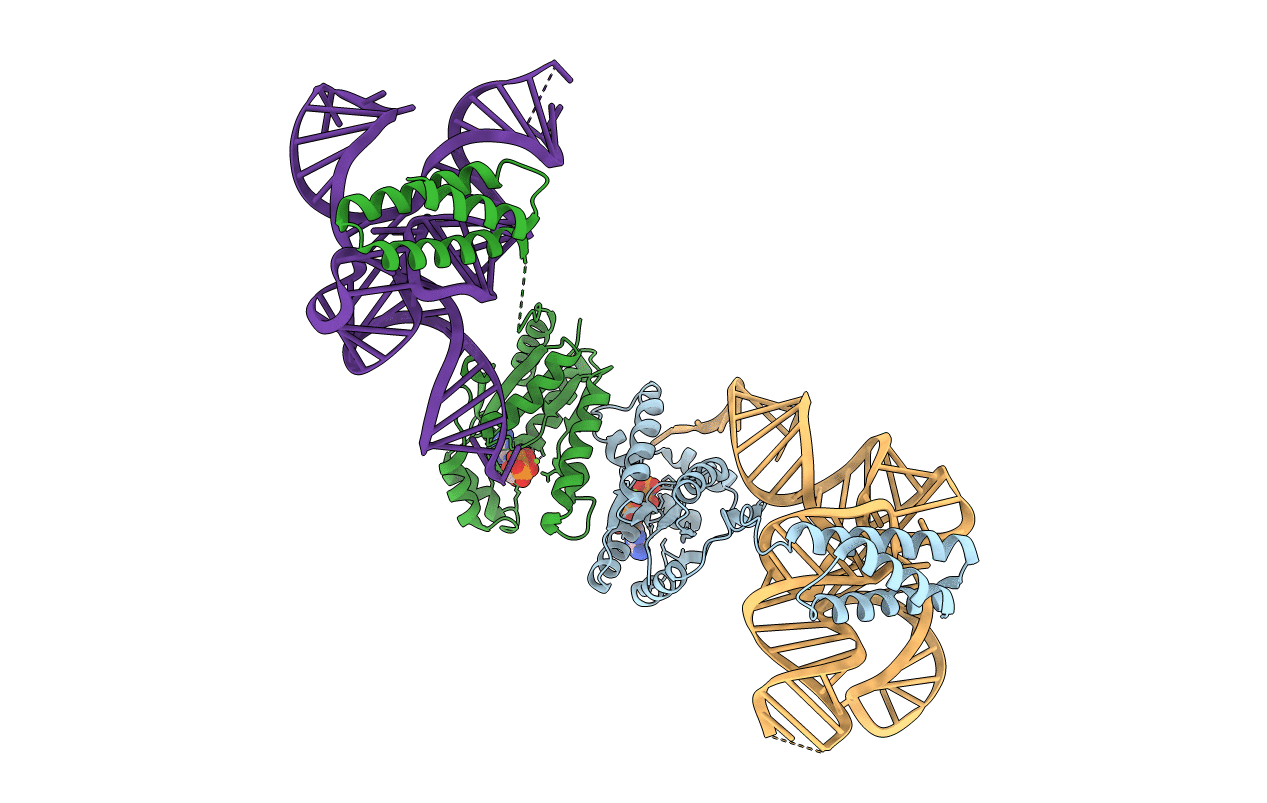
Deposition Date
2010-01-18
Release Date
2010-07-28
Last Version Date
2024-11-20
Entry Detail
PDB ID:
3ADD
Keywords:
Title:
Crystal structure of O-phosphoseryl-tRNA kinase complexed with selenocysteine tRNA and AMPPNP (crystal type 3)
Biological Source:
Source Organism:
Methanocaldococcus jannaschii (Taxon ID: 243232)
Methanopyrus kandleri (Taxon ID: 2320)
Methanopyrus kandleri (Taxon ID: 2320)
Host Organism:
Method Details:
Experimental Method:
Resolution:
2.40 Å
R-Value Free:
0.25
R-Value Work:
0.21
R-Value Observed:
0.22
Space Group:
P 21 21 2


